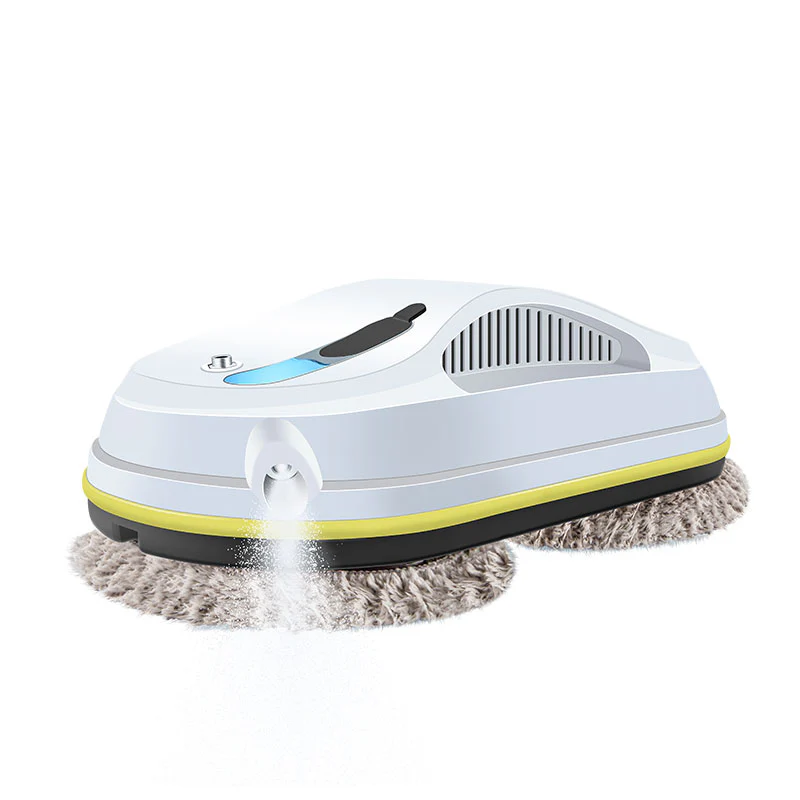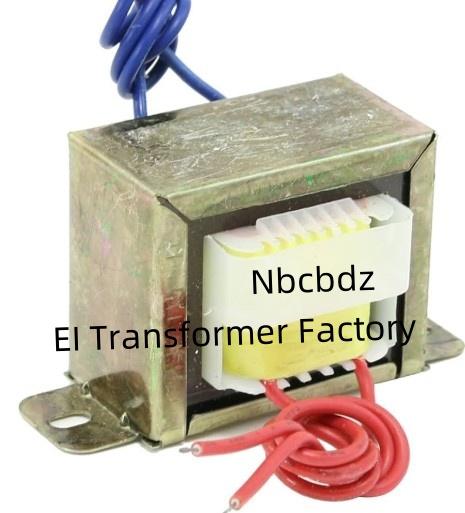Leading Cleaning Robot Manufacturers and Technology Insights

The consumer segment of the cleaning robot market, dominated by a dynamic roster of innovative firms, represents the most visible and widely adopted application of this technology, driven by powerful consumer demand for convenience and home automation. An analysis of the consumer-focused Cleaning Robot Companies List reveals a market characterized by high volume, intense price competition, and a rapid pace of feature innovation. Pioneers like iRobot (with its Roomba and Braava lines) have established a strong foothold through brand equity and a focus on reliability and cleaning performance. However, they face increasingly stiff competition from companies like Ecovacs (with its Deebot series) and Roborock, which have aggressively competed on technology, being early adopters of LiDAR navigation and all-in-one docking stations that can self-empty dustbins, wash mop pads, and refill clean water tanks. More recently, established home appliance giants like SharkNinja and Samsung have entered the fray, leveraging their extensive retail distribution channels and brand loyalty to capture significant market share. The primary growth drivers in this B2C market are changing lifestyles, such as dual-income households with less time for chores, an aging population seeking assistance with physical tasks, and the growing integration of cleaning robots into the broader smart home ecosystem.
In stark contrast to the consumer space, the commercial cleaning robot market is characterized by a focus on return on investment (ROI), operational efficiency, and the automation of large-scale, repetitive cleaning tasks in public and industrial environments. This B2B market is served by a different set of specialized companies. Tennant Company, a long-standing leader in traditional industrial cleaning equipment, has successfully pivoted to include a range of autonomous floor scrubbers and sweepers, capitalizing on its existing relationships with facility managers in warehouses, factories, and large retail stores. Brain Corp has carved out a unique and dominant position by providing the core AI software platform, BrainOS, that powers robots from multiple hardware partners, effectively becoming the "brains" behind a significant portion of the commercial cleaning fleet operating in public spaces. Companies like Avidbots have found success by focusing on a specific, high-value niche, designing and manufacturing highly reliable robotic floor scrubbers like their Neo robot, which are now a common sight in major airports, shopping malls, and convention centers around the world. The value proposition here is not just convenience but a direct impact on the bottom line through labor cost reduction, improved cleaning consistency, and auditable proof-of-performance data.
A comparative market analysis of these two segments reveals fundamental differences in their go-to-market strategies, technological priorities, and sales cycles. The consumer market is driven by mass-market advertising, online reviews, and retail promotions, with a relatively short sales cycle. The technological focus is on navigating cluttered, unpredictable home environments and avoiding small, everyday obstacles like cables and pet waste. The commercial market, on the other hand, involves a longer, more consultative B2B sales process, often involving pilot programs and detailed ROI calculations. The technology here must prioritize safety and reliability in public spaces, robust navigation in large, open areas, and integration with enterprise-level facility management software. A key business model innovation in the commercial space is Robotics-as-a-Service (RaaS), where businesses can lease the robots and pay a monthly subscription fee instead of a large upfront capital expenditure, making the technology more accessible. The Cleaning Robot Companies List size is projected to grow USD 70.54 Billion by 2035, exhibiting a CAGR of 22.3% during the forecast period 2025-2035. While the underlying technologies of navigation and sensing are similar, their application and business models are tailored to the vastly different needs of these two distinct markets.
Top Trending Reports -
Antipiracy Protection Industry


